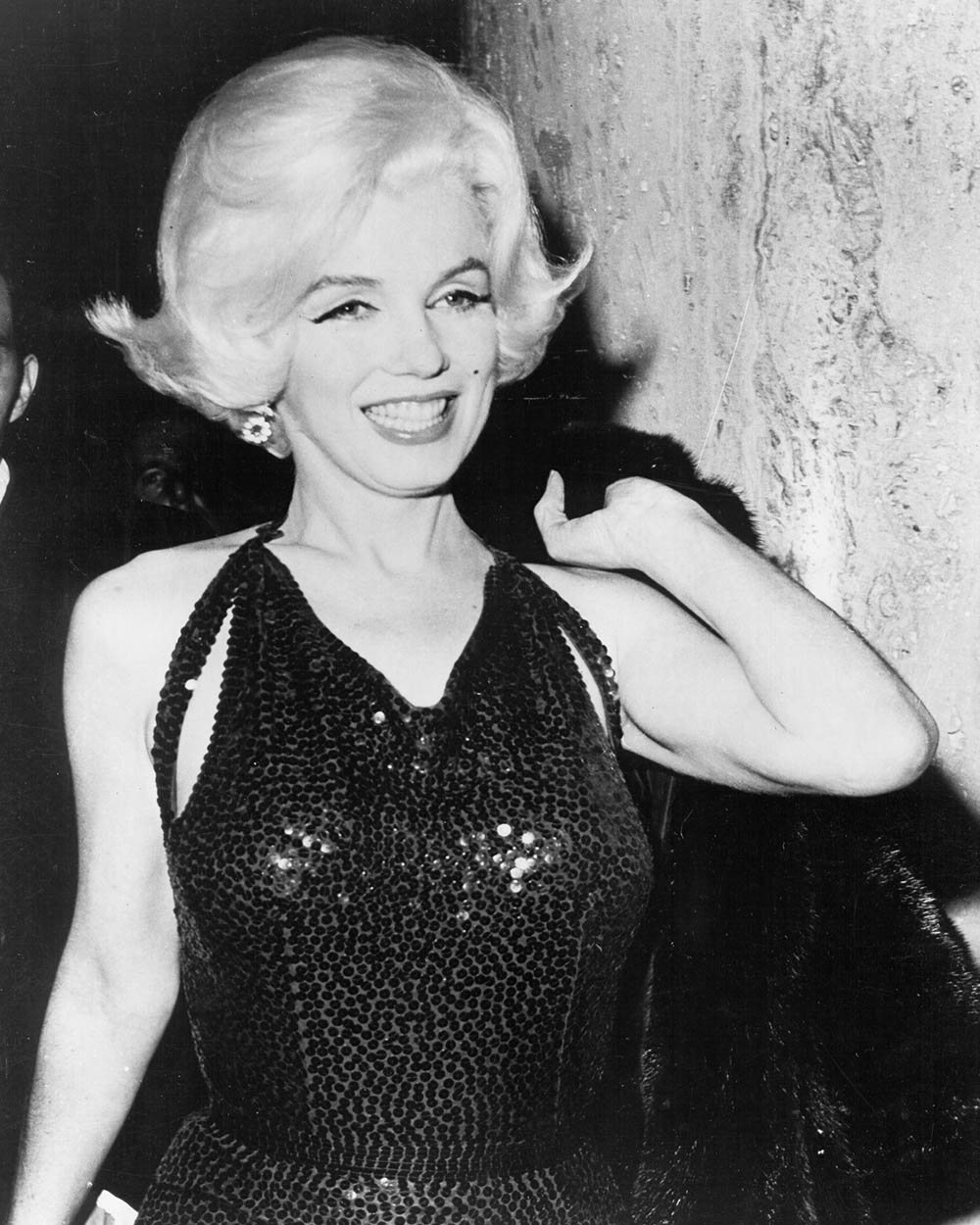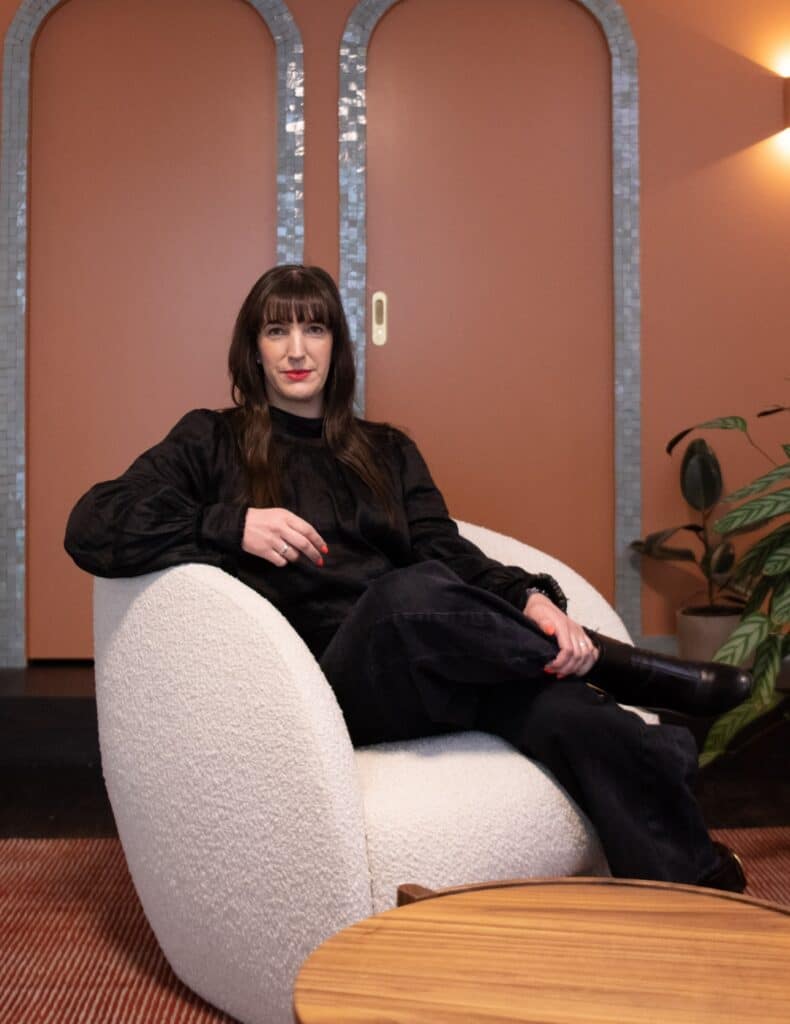Sleek, chic, demure or daring, is there anything an LBD can’t do? The famous dress style has had many iconic moments.
Black is a fashion colour loaded with symbolism quite literally from the start of time. In the beginning, there was darkness – so say several creation stories – and while the colour is worn in many religions as a sign of humility, its shapeshifting ability has seen it take on many more meanings.
The Little Black Dress, in particular, has been privy to a number of important, and at times controversial, historic and cultural moments. Here are the ones to note:
1. Queen Victoria puts the black dress on the map
In the Victorian era, the Queen mourned her Prince Albert for forty years, all the while wearing black as a sign of her grief. Soon a black dress became the only acceptable way for a woman to show her respect for a lost loved one. Here in the antipodes, black fabric was expensive to both buy and launder – but at least it could signal how a settler’s move to the other side of the world had paid off financially…
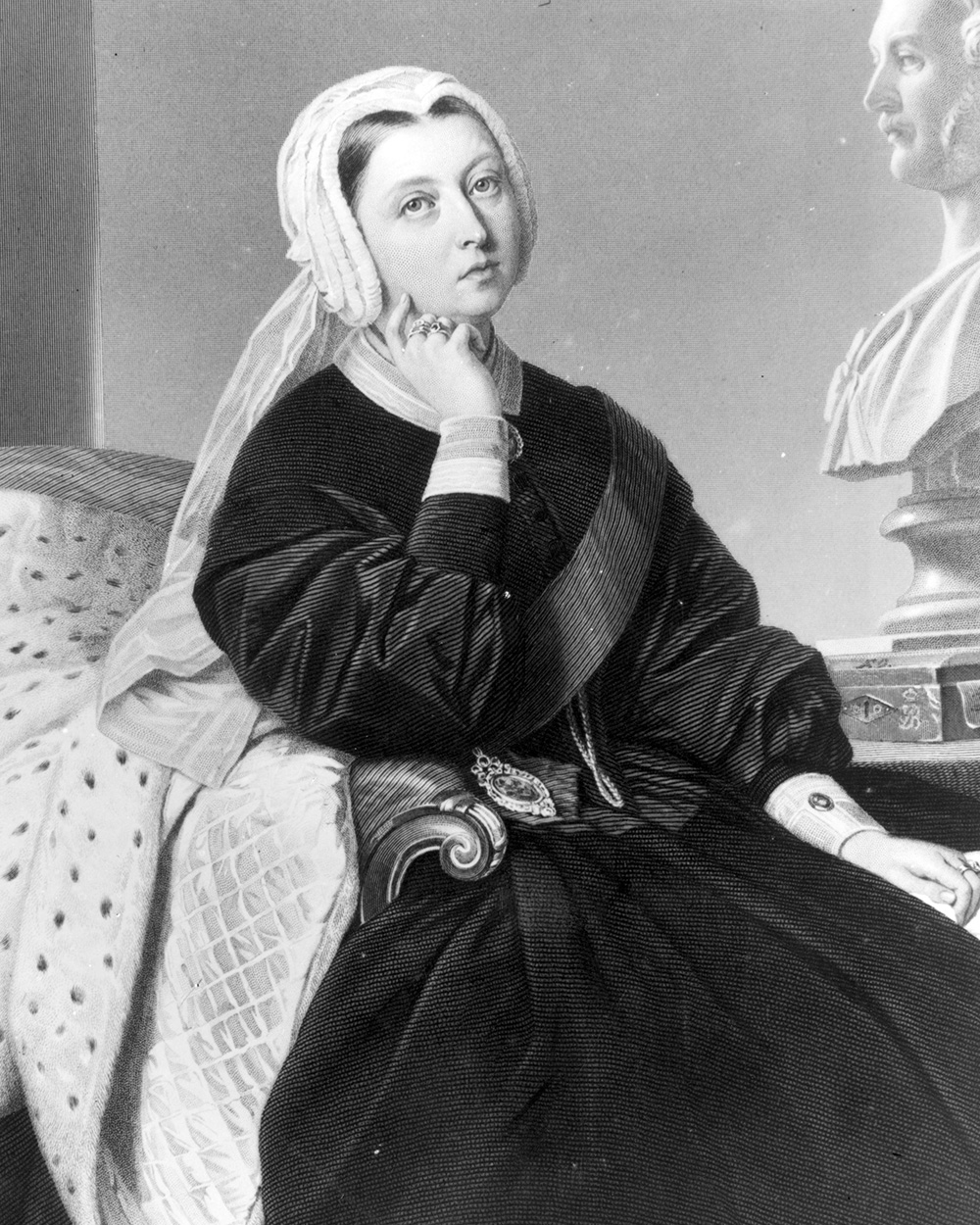
2. The original LBD by Coco Chanel
The black dress’ next major moment was in 1926, when fashion oracle Gabrielle ‘Coco’ Chanel promoted her first Little Black Dress, named ‘The Ford’, on the cover of Harper’s Bazaar. Named after the revolutionary car that democratised the transport industry, her dress was a sign of the times. The modern women who adopted the black dress, a colour then reserved for shop girls, did away with old-school class assumptions while supporting the style of progress.
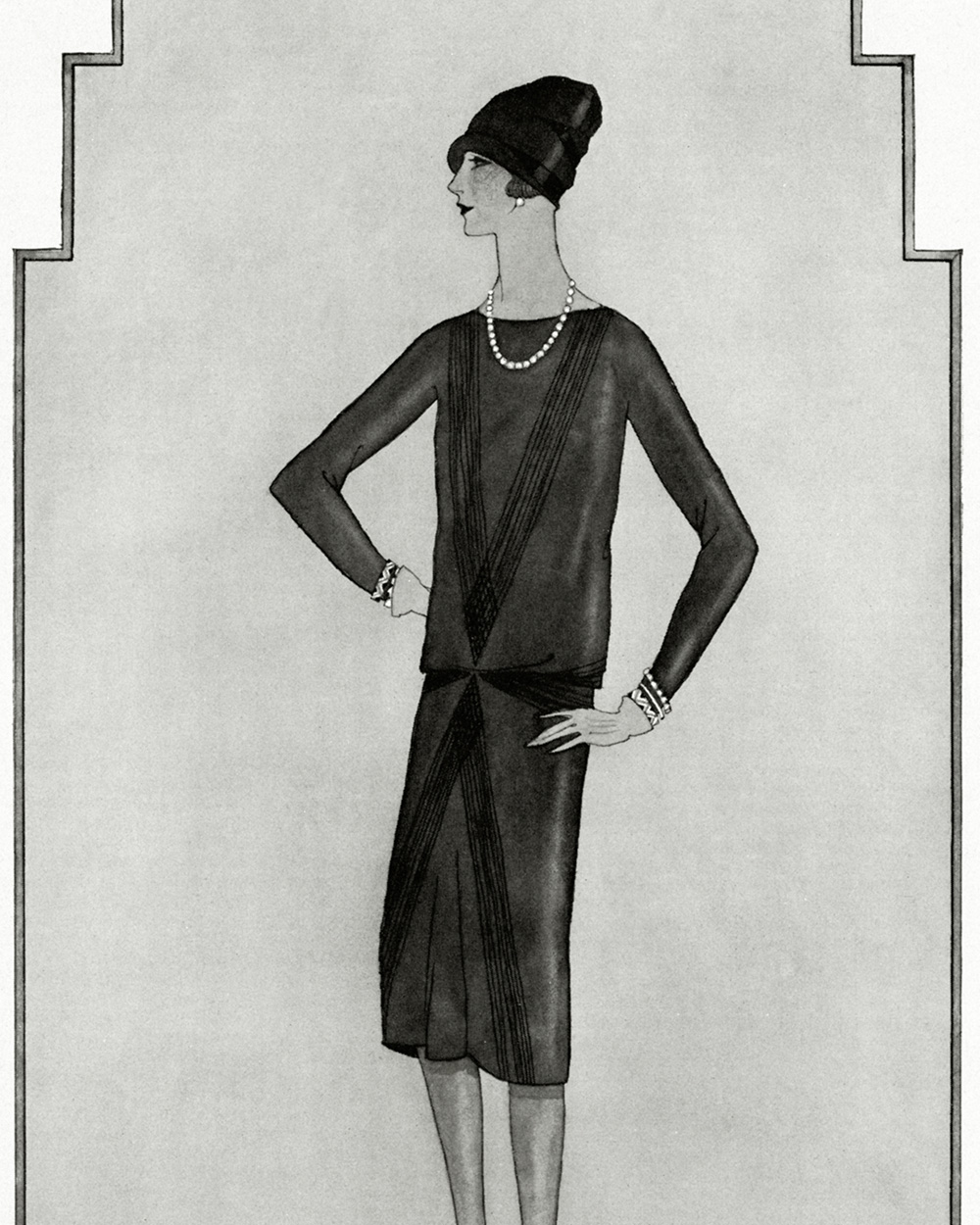
3. The La Dolce Vita dress
The black strapless gown Anita Ekberg wore to play American actress Sylvia in La Dolce Vita (1960) is one of the most memorable dresses on film, from the famous dancing scene to its turn in the Trevi Fountain. It was designed by the Fontana sisters, whose feminine silhouettes were sought after by actresses around the world. The fantasy dress was used as both a dancing prop and plot device, a sign of Sylvia’s over-the-top celebrity status, compared to the more demure, real, and equally fashionable, LBDs of the other female cast members.
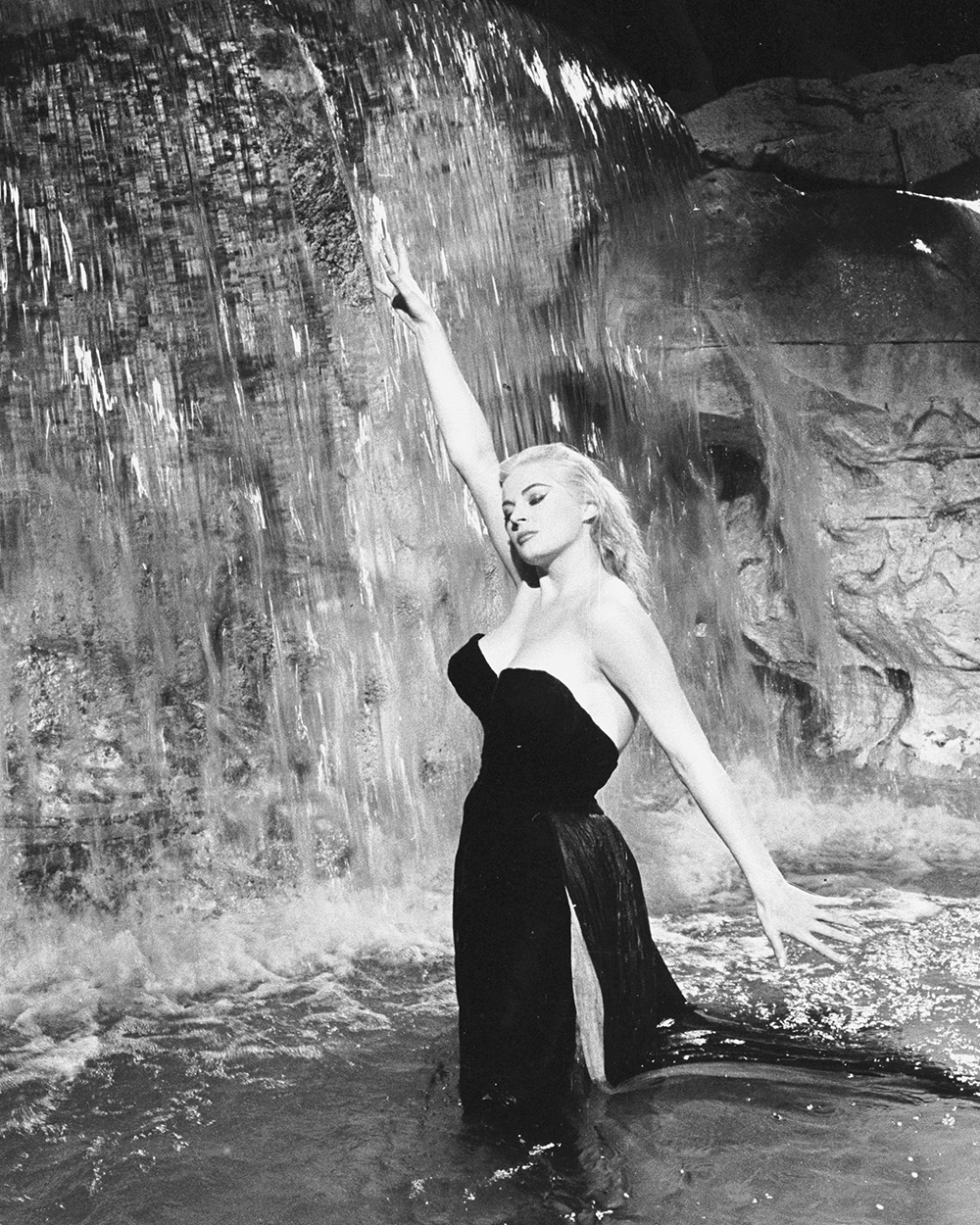
4. Breakfast at Tiffany’s, in a black dress
Audrey Hepburn and Hubert de Givenchy were longtime collaborators and friends, so it was no surprise Givenchy was the designer of choice for her character Holly Golightly in blockbuster 1961 film Breakfast at Tiffany’s. His black cocktail dress, with cut-out details at the back, was an instant classic thanks to its elegant form helping Audrey look every inch the star. To steal a line about another famous black dress, from Tolstoy’s Anna Karenina:
“The black dress… was not seen on her, it was just a frame and only she was seen.”
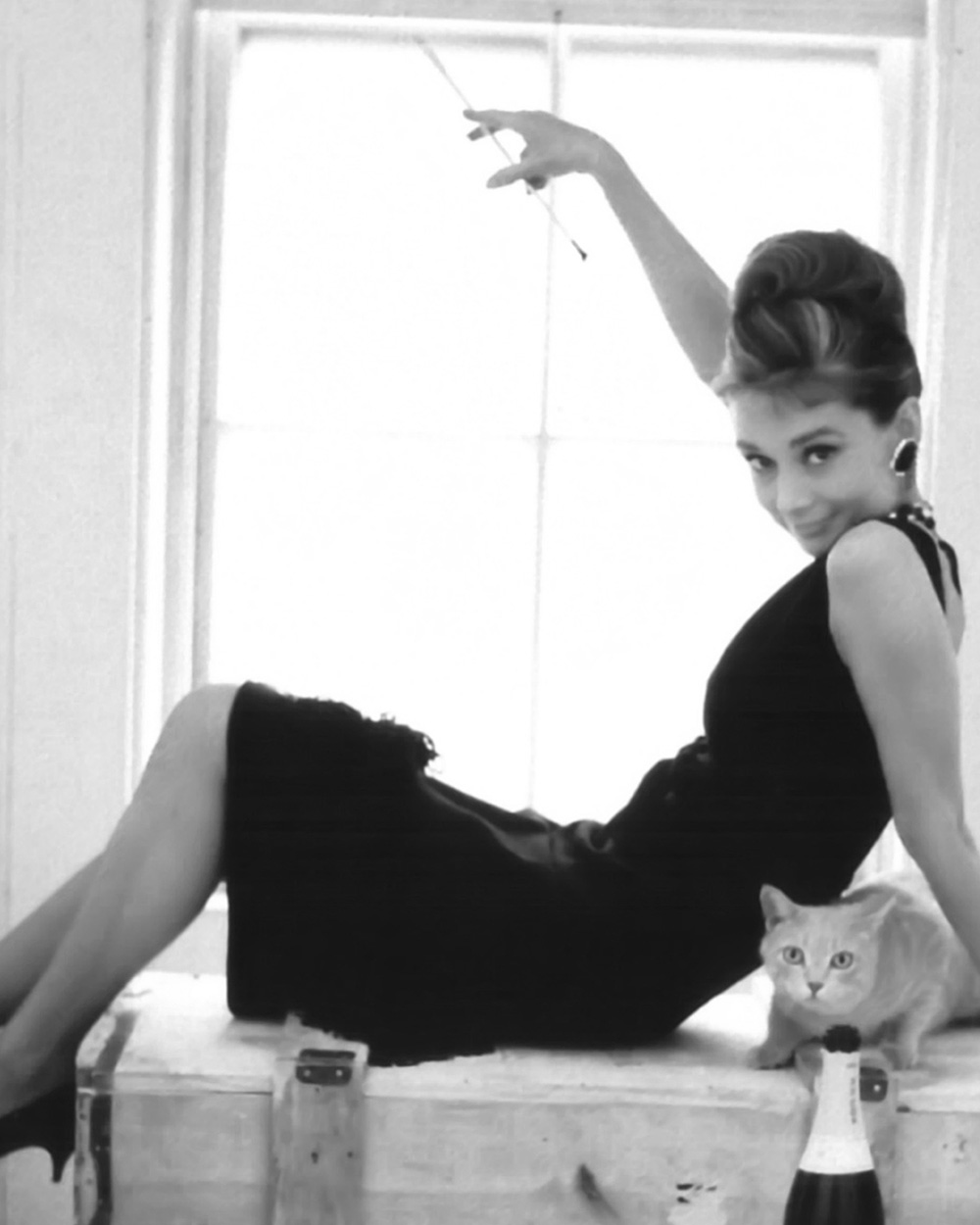
5. Princess Diana’s revenge dress
Black fabrics have a unique visual potency, which, when worn with purpose, can send a clear message. When Princess Diana stepped out in her ‘revenge dress’ — an off-the-shoulder style by Christina Stambolian worn to a Vanity Fair party in 1994 — she was making both a style and a personal statement. The dress was made for her three years earlier — at the time Diana declared the dress too daring to wear out — and she finally decided to wear the dress on the same historic evening Prince Charles admitted to adultery on national televisions in a royally-approved documentary. According to The Telegraph, Diana’s former stylist Anna Harvey said the late Princess wanted to “look like a million dollars” that night.
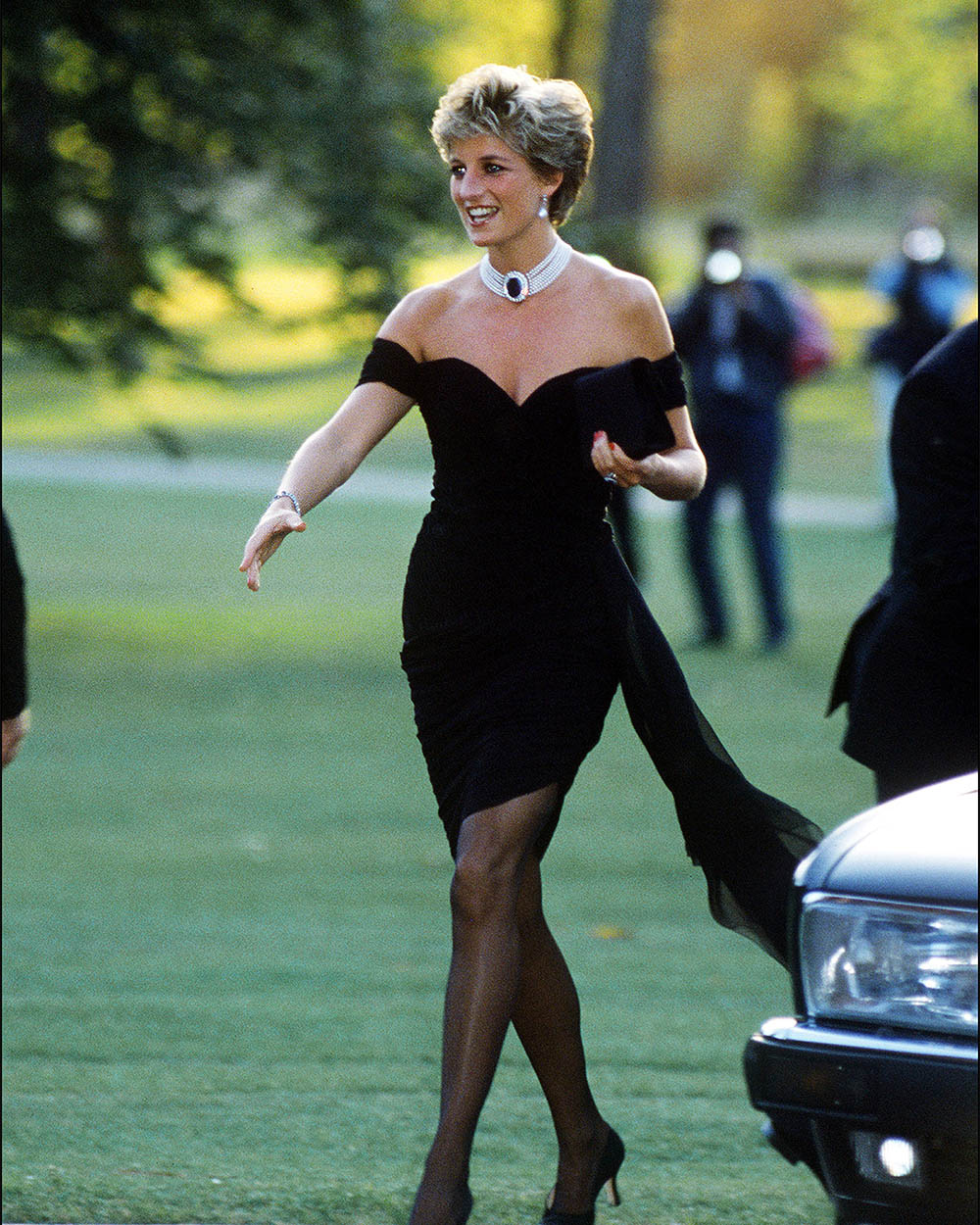
The wild card entry: The women in black at the Golden Globes 2018
Black has long been worn as a colour of protest, from Johnny Cash’s tour wardrobe chosen to draw attention to civil rights issues in America, to the Black Power movement’s use of the colour in their uniforms. The shade became part of a very current protest, worn by women supporting the #TimesUp movement at the 2018 Golden Globes. Rallying against the inequality of gender and power in the industry, the colour was a uniting force that could be easily coordinated — it’s hard to find the wrong shade of black! We think the women of the industry could not have chosen a more powerful sartorial statement.
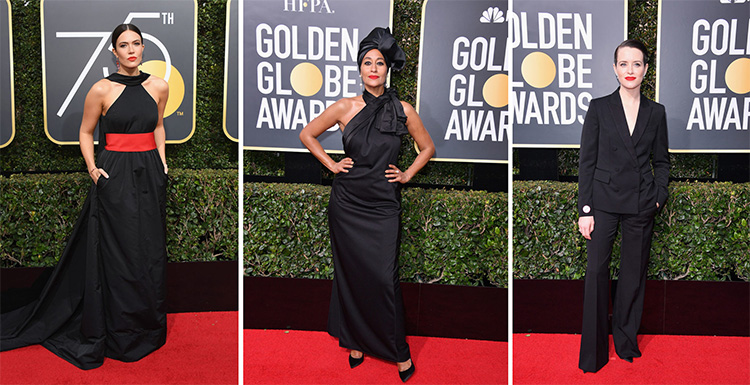
From left to right: Mandy Moore in Rosie Assoulin; Tracee Ellis Ross in Marc Jacobs: Claire Foy in Stella McCartney
Pick up the latest issue of Fashion Quarterly to read more about on-trend black, and to shop new classic Little Black Dresses.


